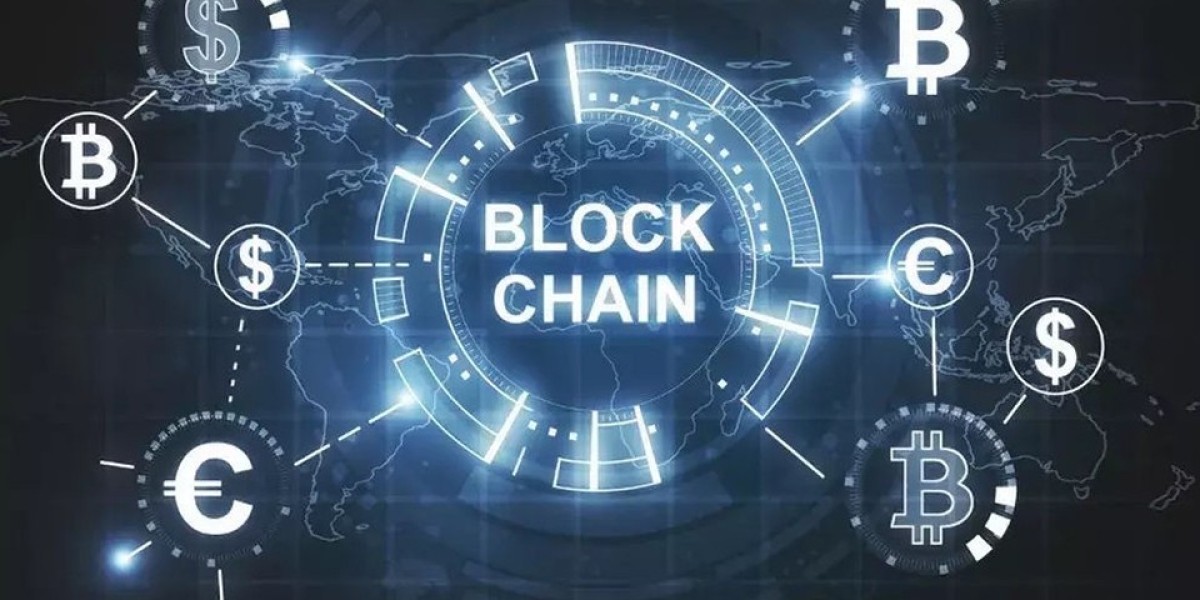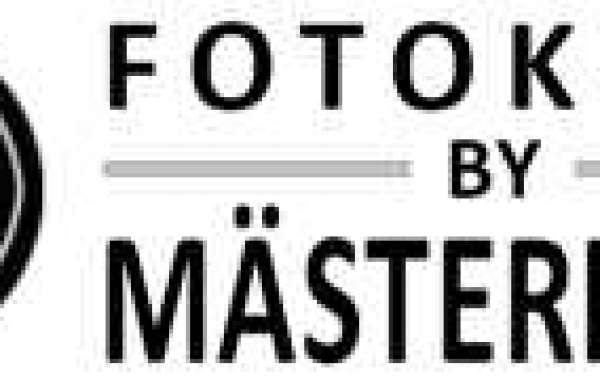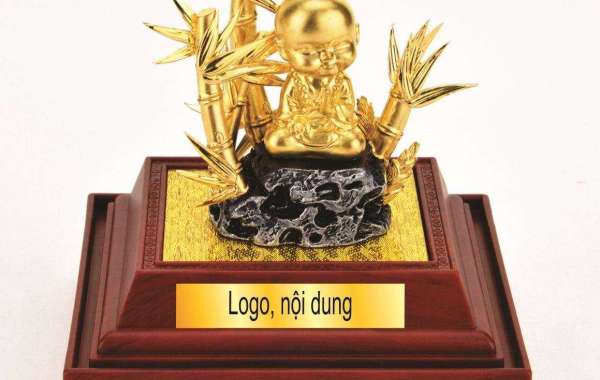Exploring the future: how blockchain is reshaping industries, initially conceived as the foundational system for Bitcoin and other cryptocurrencies, is emerging as a key driver of transformation across various industries. Its potential extends far beyond digital currencies, offering a secure, transparent, and decentralized method of recording transactions. As we move into the future, blockchain is positioned to play a pivotal role in reshaping industries ranging from finance and supply chains to healthcare and government.
1. The Core Principles of Blockchain
At its core, blockchain is a distributed ledger technology that allows multiple parties to share and validate transactions without needing a central authority. Each transaction is recorded in a "block," and these blocks are linked in a chain, forming an immutable record that is visible to all participants. This makes blockchain a powerful tool for ensuring data integrity and transparency.
Key attributes of blockchain include:
- Decentralization: No central point of control. Each participant has access to the entire ledger.
- Transparency: All transactions are visible to participants, providing full traceability.
- Security: Blockchain uses cryptographic techniques to secure data, making it highly resistant to tampering and fraud.
- Immutability: Once a transaction is recorded, it cannot be altered, ensuring that data remains unchanged and trustworthy.
2. Blockchain's Impact Across Industries
a. Finance and Banking
Blockchain is revolutionizing the financial sector by enabling faster, more secure, and less expensive transactions. Traditional banking systems are often bogged down by intermediaries, long settlement times, and high fees. Blockchain offers a way to bypass these intermediaries and create peer-to-peer financial transactions that are secure and instantaneous.
- Cryptocurrencies: Digital currencies like Bitcoin and Ethereum are based on blockchain, offering an alternative to traditional currency systems.
- Smart Contracts: These self-executing contracts on blockchain enable automatic execution of agreements without the need for intermediaries.
- Cross-Border Payments: Blockchain allows for real-time settlement of cross-border payments, reducing fees and delays associated with traditional banking systems.
b. Supply Chain Management
In supply chains, transparency and traceability are crucial. Blockchain can track the journey of products from source to consumer, providing irrefutable proof of authenticity and origin. This is especially valuable in industries such as food safety, pharmaceuticals, and luxury goods, where the provenance of products can have serious implications.
- Traceability: Blockchain enables real-time tracking of goods, reducing fraud, counterfeiting, and theft.
- Efficiency: By automating and streamlining processes, blockchain reduces paperwork and administrative costs, making supply chains more efficient.
- Verification: Blockchain's immutable records ensure that product histories are tamper-proof, increasing trust among consumers.
c. Healthcare
The healthcare industry faces challenges in terms of data security, patient privacy, and interoperability between different systems. Blockchain can offer a solution by providing a decentralized and secure way to manage patient records and streamline healthcare operations.
- Medical Records: Blockchain can securely store patient data, making it accessible only to authorized personnel and ensuring the integrity of health records.
- Drug Traceability: Blockchain can track the supply chain of pharmaceuticals, reducing the risk of counterfeit drugs and ensuring patient safety.
- Claims Processing: Blockchain can streamline and automate insurance claims, reducing fraud and speeding up reimbursement processes.
d. Government and Public Sector
Governments are beginning to explore blockchain's potential to improve transparency, efficiency, and accountability in public services. Blockchain can help reduce corruption, streamline administrative processes, and enhance citizen engagement.
- Voting Systems: Blockchain can create secure and transparent voting systems that are resistant to fraud and tampering.
- Identity Management: Blockchain can enable secure, digital identities for citizens, improving access to government services and reducing identity theft.
- Public Records: Blockchain can be used to securely store records such as land titles, contracts, and licenses, ensuring data integrity and reducing the risk of fraud.
e. Legal Industry
The legal profession is heavily reliant on paperwork and manual processes. Blockchain’s ability to create digital contracts and store legal documents securely is transforming this industry.
- Smart Contracts: Legal agreements encoded on the blockchain are self-executing, reducing the need for intermediaries like lawyers.
- Document Verification: Blockchain ensures that legal documents are tamper-proof, providing a secure method of verification for contracts, deeds, and intellectual property rights.
- Dispute Resolution: Blockchain can be used to create decentralized systems for resolving disputes, reducing costs and delays associated with traditional litigation.
f. Energy and Utilities
The energy sector is another area where blockchain holds great promise. Blockchain can enable decentralized energy markets, reduce transaction costs, and optimize energy distribution.
- Energy Trading: Blockchain allows for peer-to-peer energy trading, where individuals and companies can buy and sell renewable energy without the need for intermediaries.
- Grid Management: Blockchain can help balance supply and demand in energy grids by automating and tracking transactions in real-time.
- Carbon Credit Systems: Blockchain can provide transparent and traceable records for carbon credits, enabling better management of environmental impact.
3. The Future Potential of Blockchain
As blockchain continues to evolve, its potential applications are expected to expand across even more sectors. Some of the emerging use cases include:
- Decentralized Finance (DeFi): Blockchain-based financial services like lending, insurance, and trading platforms without traditional banks or financial institutions.
- Digital Identity: Secure, blockchain-based digital identities that can be used for everything from online authentication to accessing government services.
- NFTs and Digital Art: Blockchain’s role in the art world, providing artists with a way to verify the ownership and authenticity of digital assets.
- AI and Blockchain Integration: Combining blockchain with artificial intelligence (AI) can create more intelligent, autonomous systems that can make real-time decisions while maintaining security and trust.
4. Challenges and Considerations
While blockchain holds immense potential, there are challenges that must be addressed before it can reach its full potential:
- Scalability: Blockchain systems can struggle with processing large volumes of transactions quickly. Solutions like sharding and layer-2 protocols are being developed to address this issue.
- Regulation: The regulatory environment surrounding blockchain and cryptocurrencies is still evolving, and unclear regulations may stifle innovation or create uncertainty.
- Energy Consumption: Certain blockchain networks, especially those using proof-of-work mechanisms like Bitcoin, require significant energy resources. More energy-efficient consensus mechanisms are being explored, such as proof-of-stake.
Conclusion
Blockchain is more than just the technology behind cryptocurrencies. Its decentralized, secure, and transparent nature is positioning it as the backbone of future industries, with the potential to disrupt and innovate sectors such as finance, supply chains, healthcare, government, and beyond. As businesses and governments continue to explore and integrate blockchain solutions, we are likely to witness a profound shift in how industries operate, driving greater efficiency, trust, and collaboration. However, for blockchain to achieve its full potential, challenges such as scalability, regulation, and energy consumption must be addressed through innovation and collaboration across the globe.










